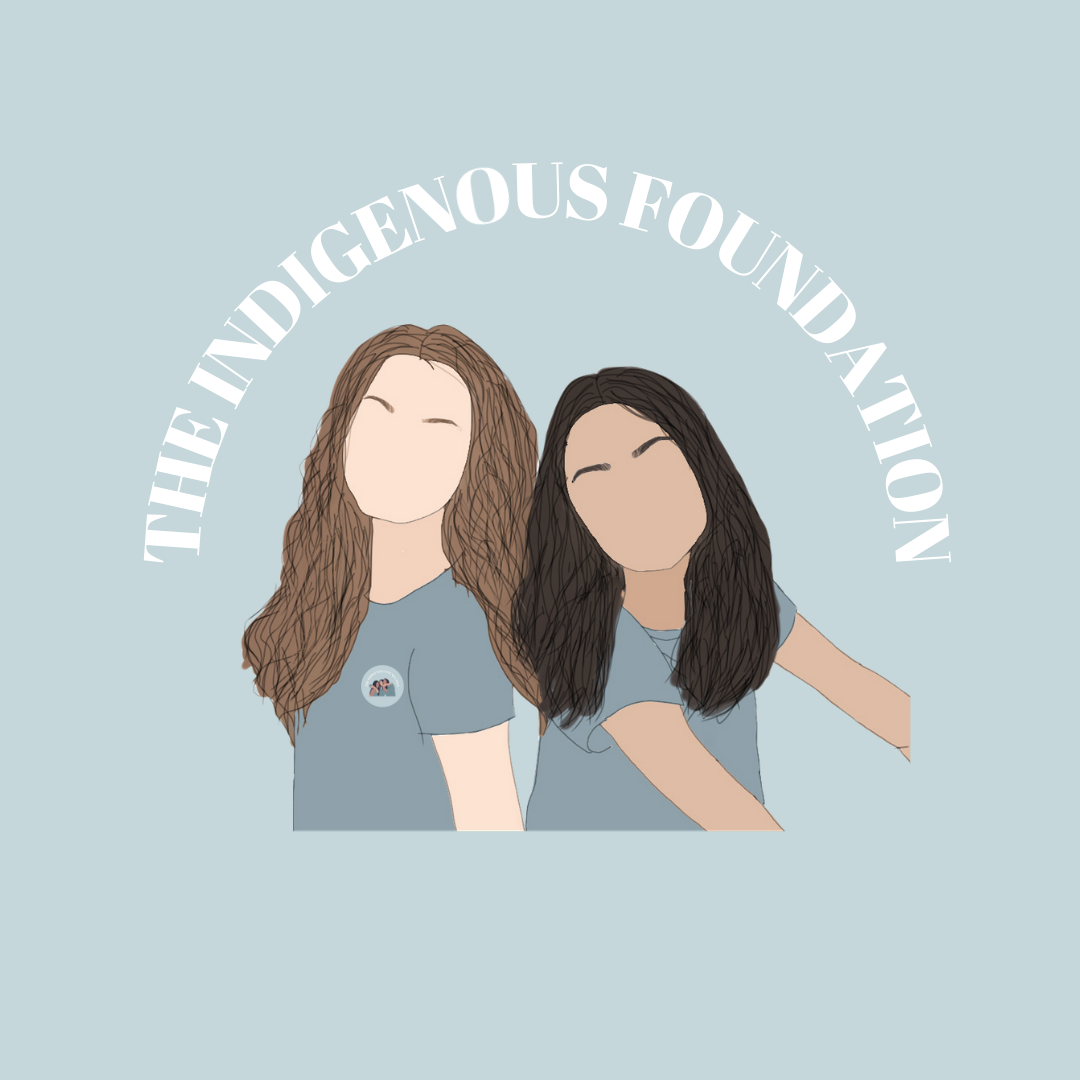Indigenous Sovereignty in Canada
Indigenous Sovereignty arises from Indigenous Traditional Knowledge, belonging to each Indigenous nation, tribe, and community. Traditional Indigenous knowledge consists of spiritual ways, culture, language, social and legal systems, political structures, and inherent relationships with lands, waters, and all upon them. Indigenous sovereignty exists regardless of what the governing nation-state does or does not do.
To grasp the essence of the definition above procured by The Indigenous Environment Network, it is necessary to understand that Indigenous people have not surrendered to the colonial structures embedded within the current government. The laws and regulations that enforce the systems currently in place are not accepted by all First Nations communities. This is recognized by the Canadian government as well, meaning that both Canada and Indigenous Peoples maintain their own sovereign states. Sovereign states indicate that they are two separate governing states residing on the same land.
The official recognition of an Indigenous self-government was enacted in the Royal Proclamation of 1763, which designated land and resources to Indigenous groups. The Proclamation came after the British defeated the French and took over New France (present-day Quebec). The Proclamation granted on the British monarchs the ability to purchase and use the land with consent from the Indigenous People. However, this caused discrepancies between the British and the Americans who both longed for expansion on the land, thus leading to further loss of Indigenous lands.
Colonial recognition of land rights resulted in 11 treaties which granted Indigenous people autonomy over some of their territory. Here, they were able to self-govern and practice their traditions. It would seem that these treaties and agreements allowed Indigenous people to live without government intervention; however, this is not the case.
When the right to practise sovereignty is imposed, often there is criticism, failure of understanding and lack of knowledge. This is seen in the case of Tupa’s Joint in Vernon, British Columbia, a cannabis dispensary owned by Okanagan Nation member Cory Brewer, who operates the store without a provincial license. While the provincial government raided the store and tried to shut them down, not only did they grow in popularity, but the owner asserted he is only practising his right of sovereignty.
In Canada, the hierarchical authoritative practices are extremely euro-centric and fail to recognize the spiritual and personal autonomy Indigenous groups practice that are distinct from one another. The stark differences between governing and territorial division have caused Indigenous rights and claims to be ignored and thus created a lack of sovereignty. This has mainly been motivated by the potential of profits, power and control over Indigenous People and their land.
Examples of this include the Dakota Access Pipeline, MMIW and The Arctic Refuge Crisis (more information on these topics can be found on our website and Instagram).
References
Definition of Indigenous Sovereignty
https://www.ienearth.org/what-is-indigenous-sovereignty-and-tribal-sovereignty/
Understanding the Royal Proclamation of 1763
https://www.thecanadianencyclopedia.ca/en/article/royal-proclamation-of-1763
https://www.thecanadianencyclopedia.ca/en/article/royal-proclamation-of-1763-plain-language-summary
Tupa’s Joint Case
https://indiginews.com/okanagan/indigenous-dispensary-tupas-joint
Differences in Governing Practises
